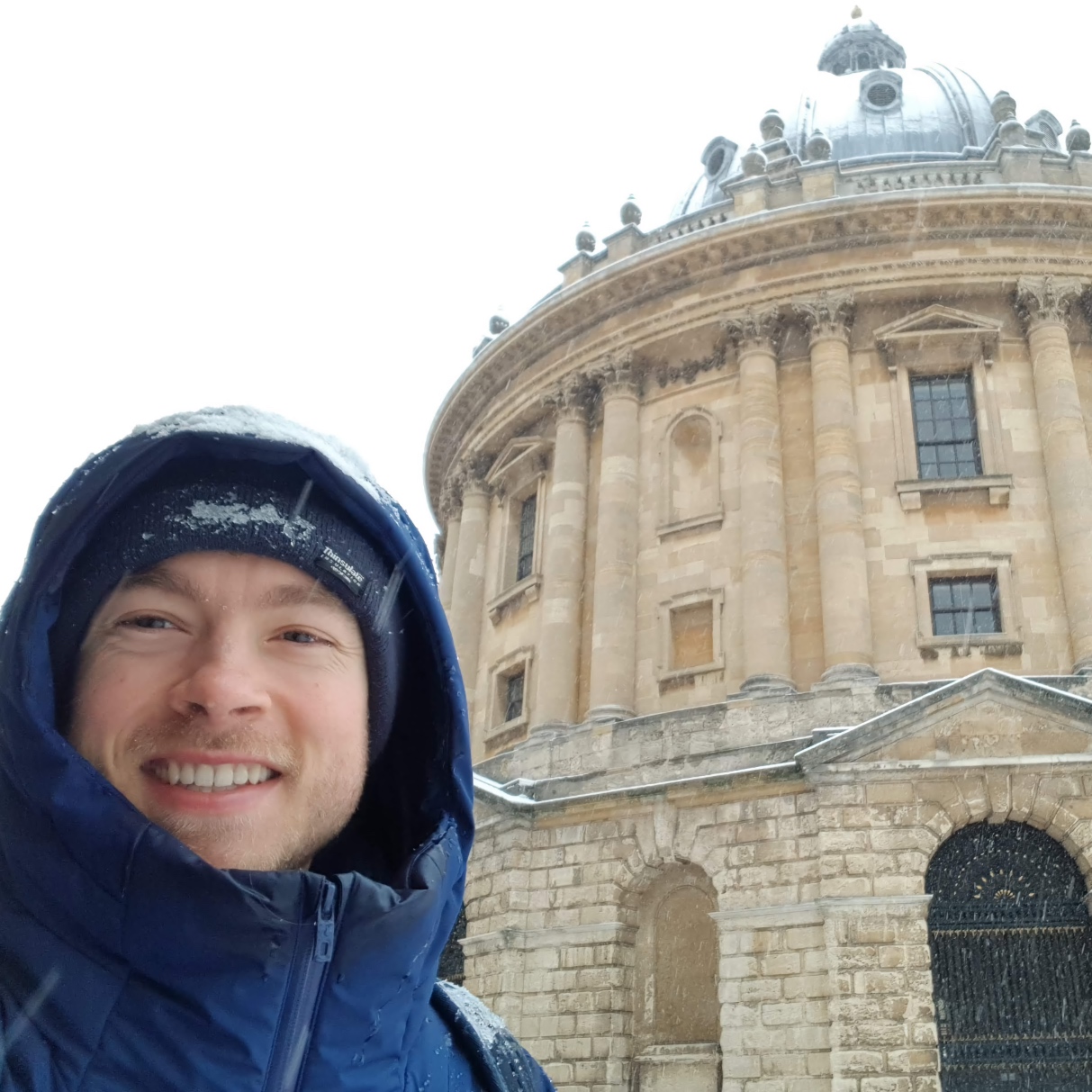<! --- LETTERS --->
$$ \newcommand{\lR}{\mathbb{R}} $$
$$ \newcommand{\lZ}{\mathbb{Z}} $$
$$ \newcommand{\lN}{\mathbb{N}} $$
$$ \newcommand{\lI}{\mathbb{I}} $$
$$ \newcommand{\II}{\mathbb{I}} $$
$$ \newcommand{\bI}{\mathbf{I}} $$
$$ \newcommand{\bC}{\mathbf{C}} $$
$$ \newcommand{\bD}{\mathbf{D}} $$
$$ \newcommand{\bE}{\mathbf{E}} $$
$$ \newcommand{\bF}{\mathbf{F}} $$
$$ \newcommand{\iI}{\mathsf{I}} $$
$$ \newcommand{\iA}{\mathsf{A}} $$
$$ \newcommand{\iB}{\mathsf{B}} $$
$$ \newcommand{\iC}{\mathsf{C}} $$
$$ \newcommand{\iD}{\mathsf{D}} $$
$$ \newcommand{\iE}{\mathsf{E}} $$
$$ \newcommand{\iF}{\mathsf{F}} $$
$$ \newcommand{\iM}{\mathsf{M}} $$
<! --- SYMBOLS --->
$$ \newcommand{\eps}{\epsilon} $$
$$ \newcommand{\SetCat}{\mathrm{Set}} $$
$$ \newcommand{\Bool}{\mathrm{Bool}} $$
$$ \newcommand{\Pos}{\mathrm{Pos}} $$
$$ \newcommand{\lbl}{\mathsf{lbl}} $$
$$ \newcommand{\subdiv}{\mathsf{sd}} $$
$$ \newcommand{\Hom}{\mathrm{Hom}} $$
$$ \newcommand{\Fun}{\mathrm{Fun}} $$
$$ \newcommand{\Psh}{\mathrm{PSh}} $$
<! --- OPERATORS --->
$$ \newcommand{\dim}{\mathrm{dim}} $$
$$ \newcommand{\id}{\mathrm{id}} $$
$$ \newcommand{\src}{\partial^-} $$
$$ \newcommand{\tgt}{\partial^+} $$
$$ \newcommand{\und}[1]{\underline{#1}} $$
$$ \newcommand{\abs}[1]{\left|{#1}\right|} $$
$$ \newcommand{\op}{^{\mathrm{op}}} $$
$$ \newcommand{\inv}{^{-1}} $$
<! --- CATEGORIES, FUNCTORS AND CONSTRUCTIONS --->
$$ \newcommand{\ttr}[1]{\mathfrak{T}^{#1}} $$
$$ \newcommand{\lttr}[2]{\mathfrak{T}^{#1}{(#2)}} $$
$$ \newcommand{\truss}[1]{\mathsf{T}\!\mathsf{rs}_{#1}} $$
$$ \newcommand{\sctruss}[1]{\bar{\mathsf{T}}\!\mathsf{rs}_{#1}} $$
$$ \newcommand{\rotruss}[1]{\mathring{\mathsf{T}}\!\mathsf{rs}_{#1}} $$
$$\newcommand{\trussbun}[1]{\mathsf{TrsBun}_{#1}} $$
$$ \newcommand{\trusslbl}[1]{\mathsf{Lbl}\mathsf{T}\!\mathsf{rs}_{#1}} $$
$$ \newcommand{\blcat}[1]{\mathsf{B}\mathsf{lk}_{#1}} $$
$$ \newcommand{\blset}[1]{\mathsf{Blk}\mathsf{Set}_{#1}} $$
$$ \newcommand{\fcl}[2]{\chi^{#1}_{#2}} $$
$$ \newcommand{\Entr}{\mathsf{Entr}} $$
$$ \newcommand{\Exit}{\mathsf{Exit}} $$
<! --- ARROWS AND RELATIONS --->
$$ \newcommand{\fleq}{\preceq} $$
$$ \newcommand{\fles}{\prec} $$
$$ \newcommand{\xto}[1]{\xrightarrow{#1}} $$
$$ \newcommand{\xot}[1]{\xleftarrow{#1}} $$
$$ \newcommand{\ot}{\leftarrow} $$
$$ \newcommand{\toot}{\leftrightarrow} $$
$$ \newcommand{\imp}{\Rightarrow} $$
$$ \newcommand{\iff}{\Leftrightarrow} $$
$$ \newcommand{\iso}{\cong} $$
$$ \newcommand{\into}{\hookrightarrow} $$
$$ \newcommand{\proto}{\longrightarrow\mkern{-2.8ex}{\raisebox{.3ex}{$\tiny\vert$}}\mkern{2.5ex}} $$
<! --- DIAGRAM ARROWS --->
<! ---... should replace \rlap by \mathrlap, see KaTeX doc --->
$$ \newcommand{\ra}[1]{\xrightarrow{\ \ #1\ \ }\phantom{}\kern-1.5ex} $$
$$ \newcommand{\la}[1]{\xleftarrow{\ \ #1\ \ }\phantom{}\kern-1.5ex} $$
$$ \newcommand{\da}[1]{\downarrow\raisebox{.5ex}{\rlap{$\scriptstyle#1$}}} $$
$$ \newcommand{\dra}[1]{\raisebox{.2ex}{\llap{$\scriptstyle#1$}}\kern-.5ex\searrow}} $$
$$ \newcommand{\dla}[1]{\swarrow\kern-1ex\raisebox{.2ex}{\rlap{$\scriptstyle#1$}}} $$
$$ \newcommand{\ua}[1]{\uparrow\raisebox{.2ex}{\rlap{$\scriptstyle#1$}}} $$
$$ \newcommand{\ura}[1]{\raisebox{.2ex}{\llap{$\scriptstyle#1$}\kern-.5ex\nearrow}} $$
$$ \newcommand{\ula}[1]{\nwarrow\kern-1ex\raisebox{.2ex}{\rlap{$\scriptstyle#1$}}} $$
Abstract. Diagrammatic geometry makes manifold theory a joyous exercise of diagram-drawing. It has far-reaching consequences for our understanding of the interaction between higher algebra, combinatorics, and differential geometry.
Context
This note is a stub to record some note-worthy idea in diagrammatic geometry. (Todo: add some color and references.)
Intro
Diagrammatic geometry is the study of knots, manifolds, and their singularities through manifold diagrams and tame tangles.
Frontiers of knowledge
Classification of space
- Homoeomorphism, PL homeomorphism, and diffeomorphism are undecidable
- Homotopy equivalence is undecidable
- Simply connected homotopy equivalence is decidable
- Corbordism in high dimensions is decidable (This uses Thom-Pontryagin; see the excellent “An introduction to cobordism theory” by Tom Weston)
Classification of manifolds
- Sphere recognition is undecidable
- Manifold recognition is undecidable (“is this space a manifold”)
- (?) Manifold equivalence classes cannot be enumerated (even though, say in the compact case, there are only countably many of them)
- Top and PL are not the same (e.g., the double suspension of a PL homology sphere is not a PL manifold)
- PL and smooth manifolds are not the same (e.g., the cone of an exotic smooth 7-sphere is not a smooth manifold)
The story can be told in TOP, PL, or DIFF, each with their approach notion of equivalence.
Tame facts
- PL structures of manifold strata in manifold diagrams are canonically determined.
- Moreover, they are framed, so they also have canonical smooth structure
Tame conjectures
- Any compact smooth manifold can be represented in a manifold diagrams.
- Diagrammatic structure is a faithful invariant for smooth structure.
- Isotopies (“higher braids”) are classifiable.
- This continues the sequence of Braid, Yang-Baxterator, Zamolodchikov equation, etc.
- Singularities are classifiable and are closely linked to the classical ADE classification of singularities.
Applications
- If we classify generating singularities, then we can enumerate smooth manifolds as tame tangles.
For fun
I once drew a Mazur manifold as a tame tangle.
